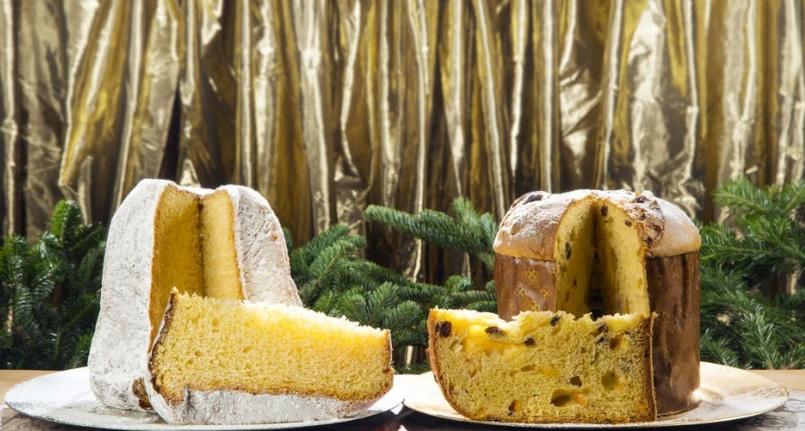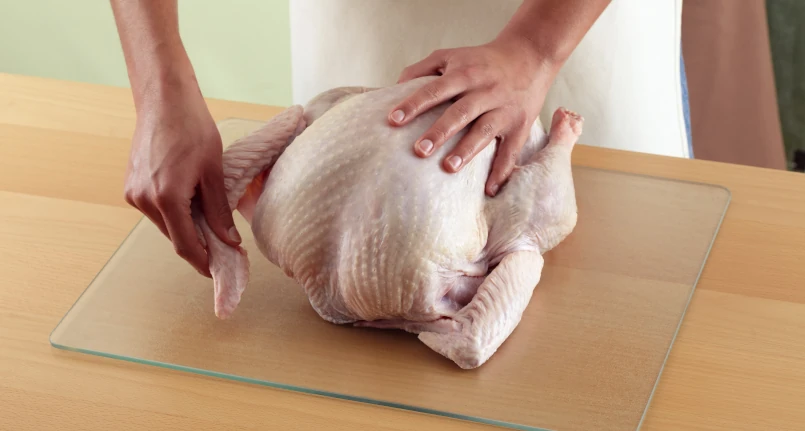Introduction
Panettone and Pandoro are essential during the Christmas holidays. Both are a danger to the figure, but moderately and limited to the period, they can be enjoyed without giving up their excellent flavor . These are two rather caloric and fat-rich traditional leavened products .
Between the two, Panettone wins the “healthier” challenge from an energy and fat point of view .
One hundred grams of pandoro provide about 360 calories and contain 18-20% fat . Panettone contains about 320 calories per hundred grams and 10-12% fat . Percentages that vary according to the recipe and preparation, artisanal or industrial.
What makes the difference between artisanal and industrial is obviously the ingredients and methods of conservation: in confectionery you can find products that have a shelf life that does not exceed 20 days; in large-scale distribution, on the other hand, deadlines can reach three months, this is possible thanks to the almost obligatory use of preservatives .
Panettone vs Pandoro: main differences
- Pandoro has more calories than Panettone
- Pandoro has more fat and cholesterol than Panettone
- Panettone has more carbohydrates and fibers than Pandoro
- They are not suitable for low-calorie diets, for subjects with hypercholesterolemia , metabolic diseases, diabetes
- Industrial Panettoni and Pandoro contain preservatives compared to the artisanal ones
- Ingredients and preparation are governed by the registered recipe
The main differences between Panettone and Pandoro are not only in the shape, the first cylindrical, the second conical star, but above all in the preparation ingredients of these two leavened products, symbol of the Christmas festivities. Panettone has been a registered trademark since 2005, and the use of the trademark is permitted only if certain rules of craftsmanship are respected in the preparation. The ingredients are: wheat flour , sugar , category A chicken eggs, butter ( 16 % or more), raisins and candied citrus peel (20%), natural yeast consisting of sourdough , salt . Ingredients such as: milk and derivatives, honey , malt , cocoa butter are allowed .
Pandoro is a registered trademark with a patent filed by Domenico Melegatti in 1894. However, the specification dates back to 2005 as for panettone. The ingredients are: wheat flour, sugar, category A chicken eggs (not less than 4% of yolk ), butter in an amount not less than 20%, natural yeast consisting of sourdough , vanilla or vanillin flavourings , salt. Allowed: milk and derivatives, malt, cocoa butter .
Panettone: nutritional values
Panettone has a high energy intake and is not suitable for those who follow a low-calorie and hypoglycemic diet for diabetics and those with metabolic pathologies. It contains a high portion of carbohydrates (simple and complex), a fair percentage of fat (mainly saturated) and a not particularly relevant contribution of proteins. The fat and cholesterol content of Panettone is high. The average portion of Panettone Fatto in Casa is about 30-35g (95-110kcal).
Nutritional values (100 g)
|
Pandoro: nutritional values
The energy content of Pandoro is very high, therefore (as for panettone) it is recommended to use it sporadic and (possibly) limited to the winter holiday period . Caloric intake is mainly determined by simple and complex carbohydrates and fats ( saturated and unsaturated ); proteins have characteristics of medium (of wheat) and high ( of eggs and yolks) biological value . The intake of cholesterol and saturated fats(from eggs, yolks and butter) of pandoro is quite important, therefore not particularly suitable for the diet of subjects with hypercholesterolemia and/or characterized by a cardiovascular risk . Better to consume it for breakfast , or in the afternoon snack of the following days, when there is a tendency to consume the excesses of the dessert, avoiding eating it at the end of the two main meals.
Nutritional values (100 g)
|
Contraindications
As is known, both Panettone and Pandoro are not particularly dietetic foods , on the contrary they are decidedly rich in fats, sugars and carbohydrates, which suggest a high caloric intake and which therefore would require moderate consumption and limited only to Christmas celebrations.
Both desserts, containing wheat flour and butter in their traditional artisan recipe, are not suitable for people with celiac disease and lactose intolerance , as they contain both gluten and animal butter. However, there are lactos and gluten-free versions of both leavened products, also on the market in large-scale retailers. Those suffering from hypercholesterolemia, diabetes, metabolic disorders, should limit themselves or abstain completely from the consumption of Panettone and Pandoro.




